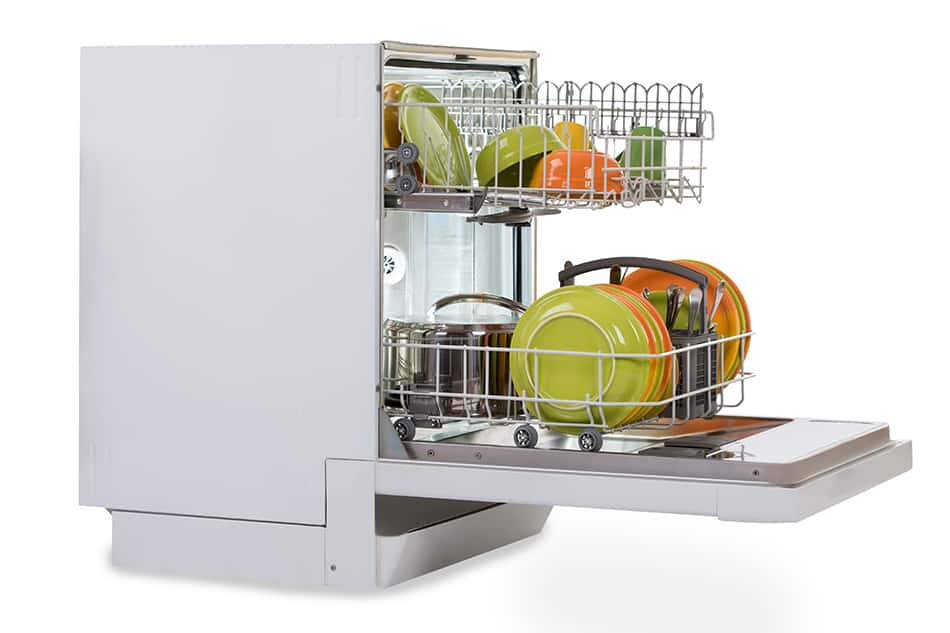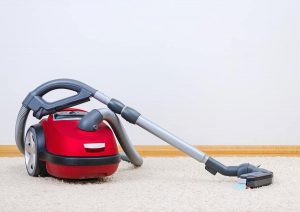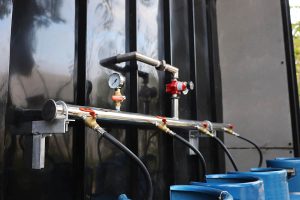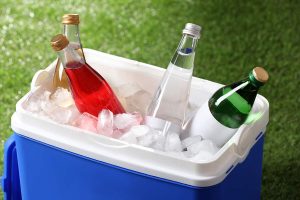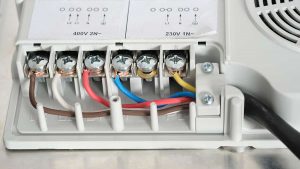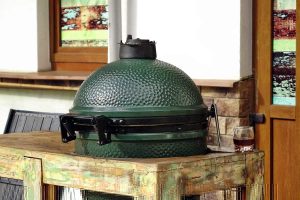According to the U.S. Energy Information Administration (EIA), approximately 80 million households in the United States have a dishwasher. If you have one, there is a good chance that this is the appliance that routinely saves you the most time. Otherwise, you could easily be adding 20 minutes to every meal to cook just washing and scrubbing pots and plates!
However, many of us don’t know how a dishwasher works. There many sizes of dishwashers on the market from built-in to portable dishwasher type – but most have a similar mechanism.
The internal mechanisms that guide your dishwasher through its hard day are too complex for a layman to repair without help. Still, if something breaks, you should be able to at least order the right replacement parts.
In this quick guide, we have listed all of the dishwasher parts, plus the role they keep in making everything work together.
Parts of a Dishwasher
From the outside, a dishwasher has 4 different main parts: a tub, a motor with its internal mechanisms, a heavy door, and its controls.
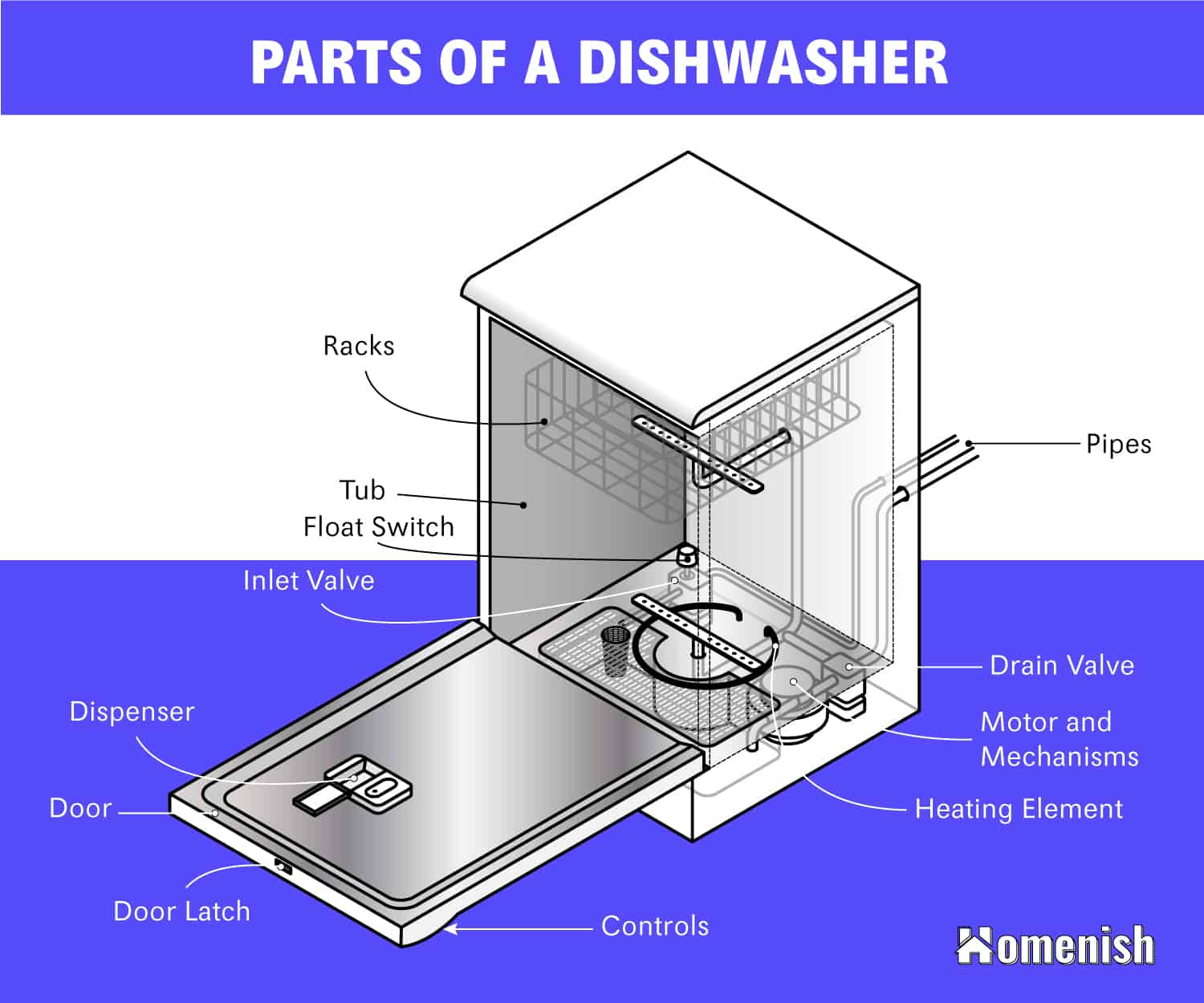
The Tub
The largest of all these parts is the tub. This is where all your dishes and pans go during their cleaning cycle.
The Dispenser
Usually located on a side of the door, the dispenser is a small inlet valve that lets soap or dishwashing detergent inside the tub. Many dispensers are connected to a small water container, where the soap can be mixed before being poured on top of the plates.
The Racks
Most of the space inside the tub will likely be taken up by a series of stainless steel racks. Although they seem simple, racks are often strategically arranged to fit the largest amount of wares without letting them touch each other.
Some models will include specific racks for special items. These include:
- A silverware basket
- Expanding tines for glassware or dishware
- The lower dishwasher rack, for metal or heat-resistant items
- The upper rack, for porcelain items
The Drain Impeller
The drain impeller is a small fan that helps push the water away once it‘s time to start draining.
The Drain Valve
This is an outlet valve, which serves to let the water out of the tub. It usually connects to a drain hose.
The Inlet Valve
This is the valve from which water comes inside the tub. Depending on the model, it may empty directly inside the tub or into the same container as the soap dispenser.
The Heating Element
This is a thick, bent wire that helps heat the water that will be used for washing, or the air for drying.
Spray Arms
In some models, you will also find a set of spraying arms on the top of the tub. A spray arm is meant to help distribute the water, shower-style.
Overfill Protection Floating Bulb
This safety device is easy to miss but very important. It is usually kept in the front corner of the tub. This small floating part is meant to detect when the water reaches a specific level. When it does, it starts floating and will press on the switch behind it.
Float Switch
This switch is always placed immediately behind the floating bulb. Once the bulb starts floating, it will press against the switch. This will turn off the water flow and prevent overflowing.
Thermostat
Some older models include a thermostat switch inside the dishwasher tub. This will allow you to adjust the water temperature before the washing cycle starts.
The Motor and Mechanisms
The motor and mechanisms that power up your dishwasher are usually kept below the tub.
The circulation pump
This part is connected directly to your main water supply. It is designed to siphon it out and direct it to the water inlet and the spray arms if there are any.
The filtration system
We all know that we are supposed to remove all traces of food before we stick any plates insides the dishwasher. However, every once in a while, a few bites of meat can find their way inside there. As an added protection, the dishwasher filter will trap these small pieces and prevent them from jamming the water circulation pump.
The motor
The motor simply propels the water from the pump and into the pipes. Thanks to the motor, the water can be pushed into all the inlet valves and reach the tub.
Pipes
A set of pipes help the water circulate.
The Door
Most dishwashers open at the front, so in the event of a malfunction, they could theoretically open and break all your glassware. Because of this, the dishwasher door requires a few extra parts to keep everything secure.
The main door
The actual door is usually as thick as a fridge’s, as it is meant to insulate the tub and allow the water inside to heat up.
The door seal
The door seal is a part of a door gasket (bottom gasket, gasket, door seal, and lower seal) to tighten the water seal. This is a pressurized plastic lining that provides a watertight seal around the door. It prevents any water from leaking out.
The door latch
Some dishwasher models also include an additional childproof latch assembly. A dishwasher door latch seals the door automatically when the dishwasher is in operation, preventing anyone from opening it.
The Controls
Depending on the model, your dishwasher may also feature a touchpad on the door or top of the tub. The exact layout of the buttons available will vary greatly. However, most of the time, the touchpad will include at least:
- A main on/off button
- A start and pause button
- A “mode” button, allowing you to choose the cycle, or any special modes of operation
- Arrows to control the water temperature
- An LED number screen
Final Thoughts
Dishwashers are a relatively new addition to regular home life. However, they usually prove to be almost addictive: after you get a dishwasher, the chances are that you won’t be eager to return to washing everything by hand.
This is why it’s important to know what the different parts of your dishwasher do. Recognizing the mechanisms that help the tub, the motor, and the door work in sync will help you take care of your dishwasher properly. You should also make sure to clean it according to the manufacturer’s instructions and to provide regular maintenance. Happy automatic washing!
